Search
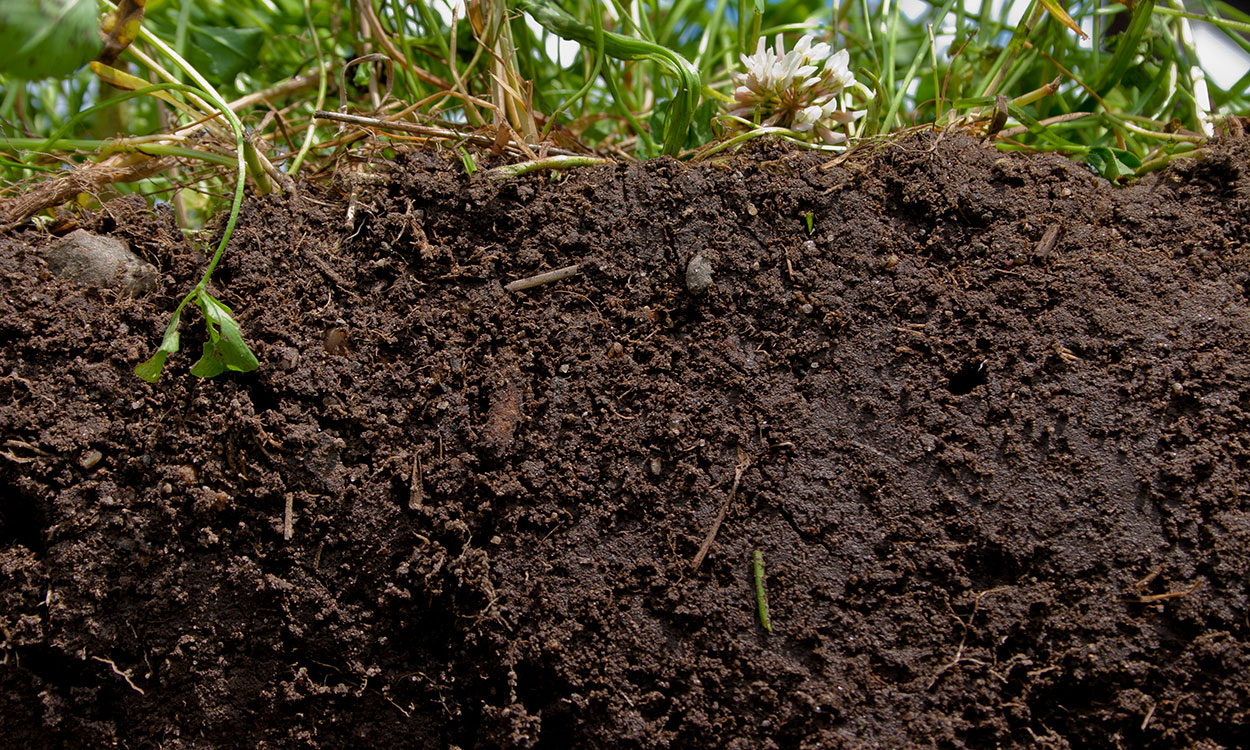
Why Is Carbon So Important to Agriculture and Society?
Carbon is not only vital to soil health—it’s the foundation of our long-term food security. Learn some incredible facts about the role carbon plays in our soil and environment.
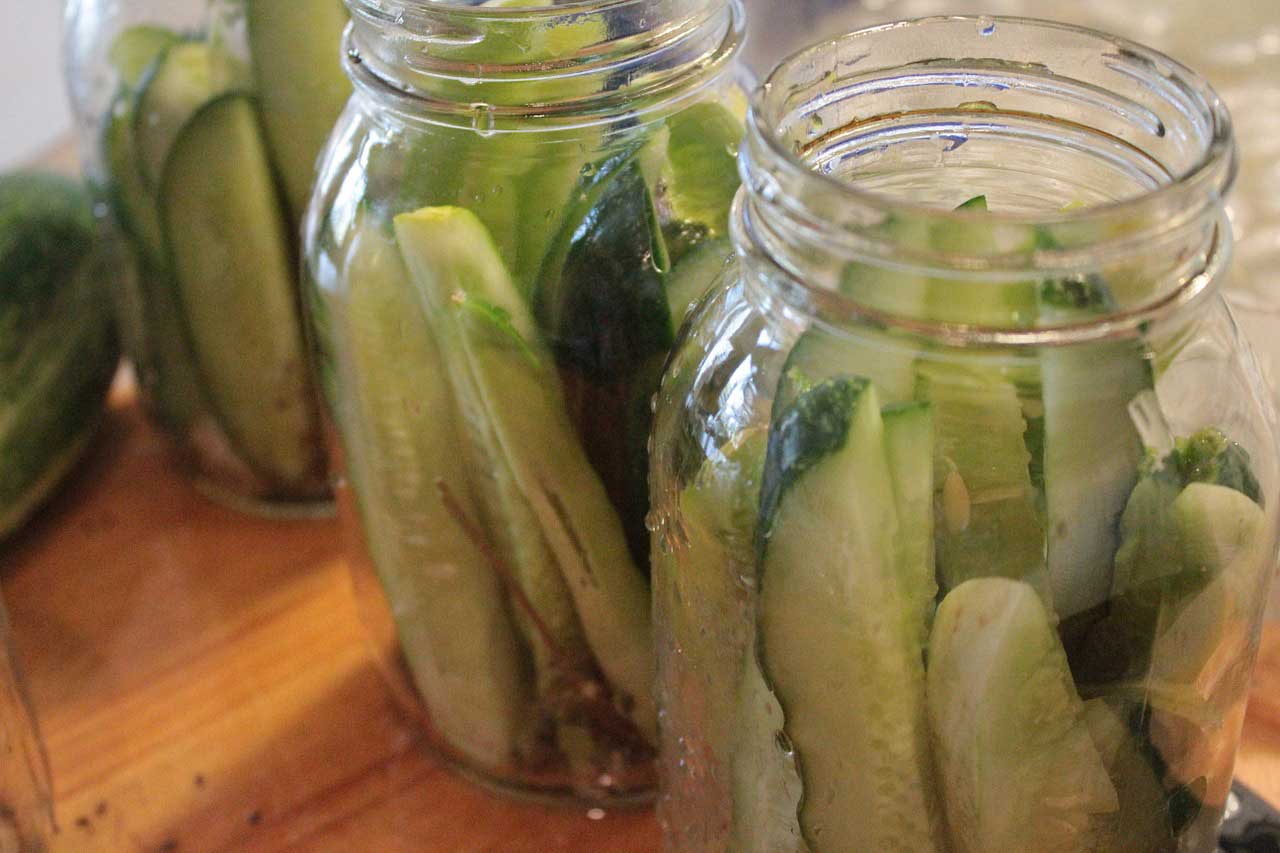
South Dakota Cottage Home Processing Food Safety
The Cottage Home Processing Food Safety course serves as the approved food safety training for HB1322.
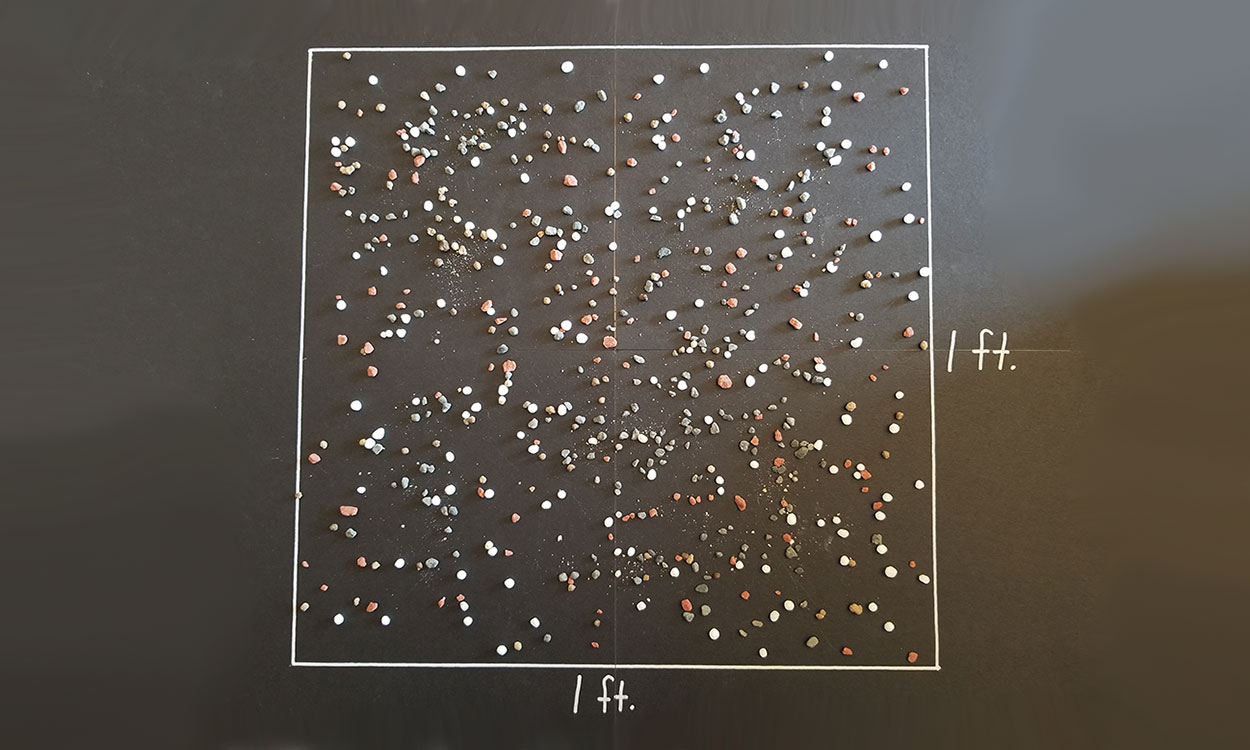
Seven Grams of Fertilizer Is All It Takes: Growing Optimal Corn in South Dakota
Have we really asked how much fertilizer is really takes to grow a decent corn crop? Learn some important considerations for fertilizing corn and improving long-term soil health and fertility.

South Dakota Licensed Kitchen Process
Interested in selling food products in a retail establishments? Licensed kitchens are the place to start. Learn the steps for building a licensed kitchen in South Dakota along with rules, regulations and guidelines for processing foods in existing licensed kitchens.
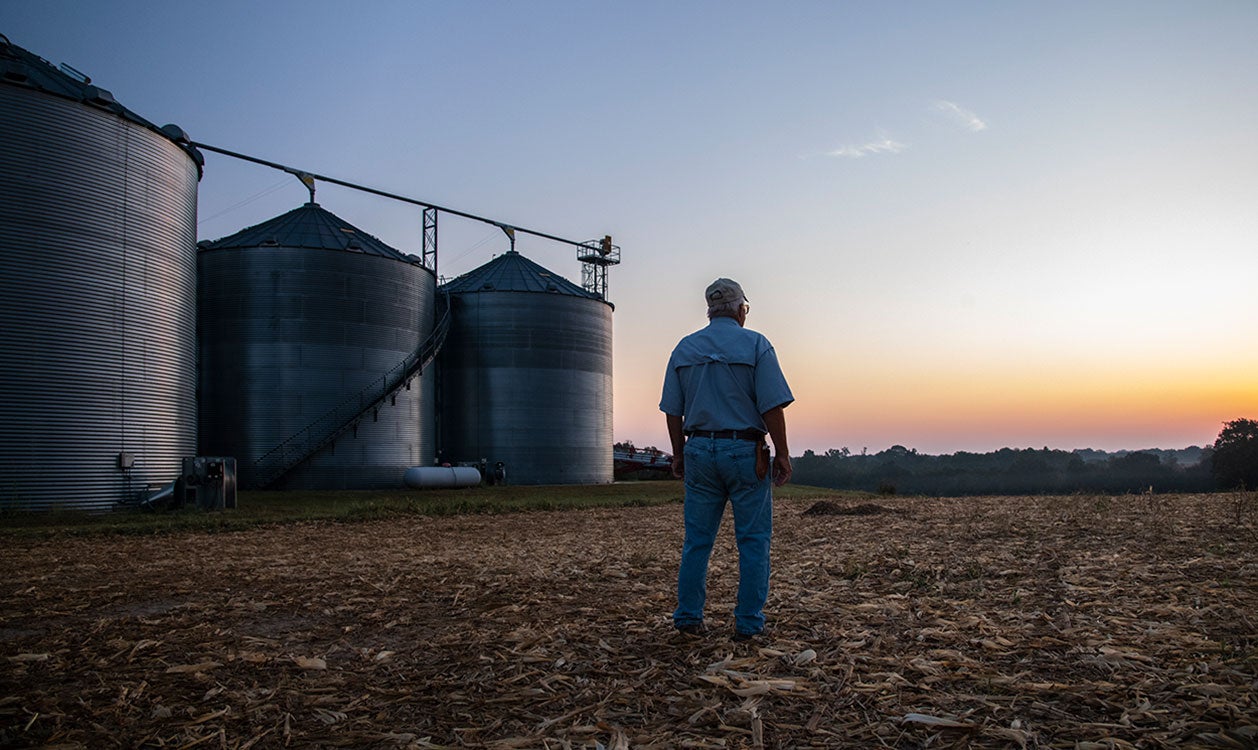
Carbon Markets and Opportunities for Farmers
There is growing interest in paying farmers for regenerative agricultural practices as a means for sequestering carbon. Learn about some of the benefits and challenges that carbon capture opportunities offer for producers.

Egg Safety with Holiday Foods
Holiday traditions include making tasty treats from frosted sugar cookies to homemade ice cream. They are all delicious, but hidden bacteria could be lurking in uncooked eggs, so refrain from tasting raw cookie dough or cake batter. Even grade A eggs with clean, uncracked shells can be contaminated with Salmonella Enteritidis bacteria.

Fuel Up With Dairy to "Go Further with Food"
March is National Nutrition Month® and this year the Academy of Nutrition and Dietetics encourages Americans to "Go Further with Food." When it comes to food and nutrition, one thing most health professionals agree on is we could all benefit from eating more fruits and vegetables.
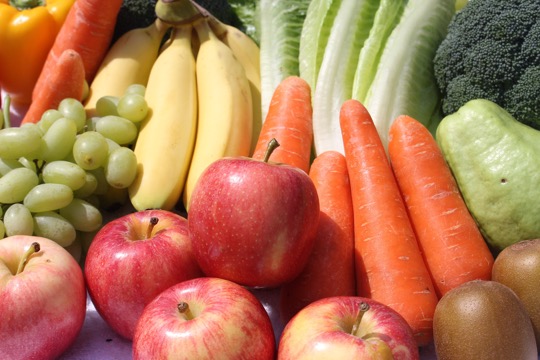
Getting Your Five Cups
“Eat your fruits and veggies!” You have probably heard this saying since you were a little kid and perhaps you are now telling your kids to do the same. There is a reason we are encouraged to eat our greens from a young age; these colorful foods are full of vitamins, minerals, and fiber. The USDA recommends adults consume two cups of fruits and three cups of vegetables per day.
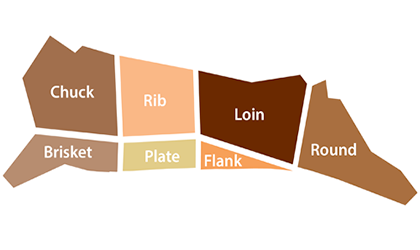
Buying Beef at the Grocery Store
The tremendous number of choices available to beef consumers offers a cut for any meal, but can also leave the most confident consumer puzzled as to the proper cut that should be purchased. Use this guide to help you select the ideal beef cut for your occasion.

Water Use by Plant Stage
Over the growing season, solar radiation, air temperature and plant size are the dominant factors in determining evaporative demand and the rate of water use by wheat. Water use can vary dramatically on a day-to day basis, depending on climate and wheat health.